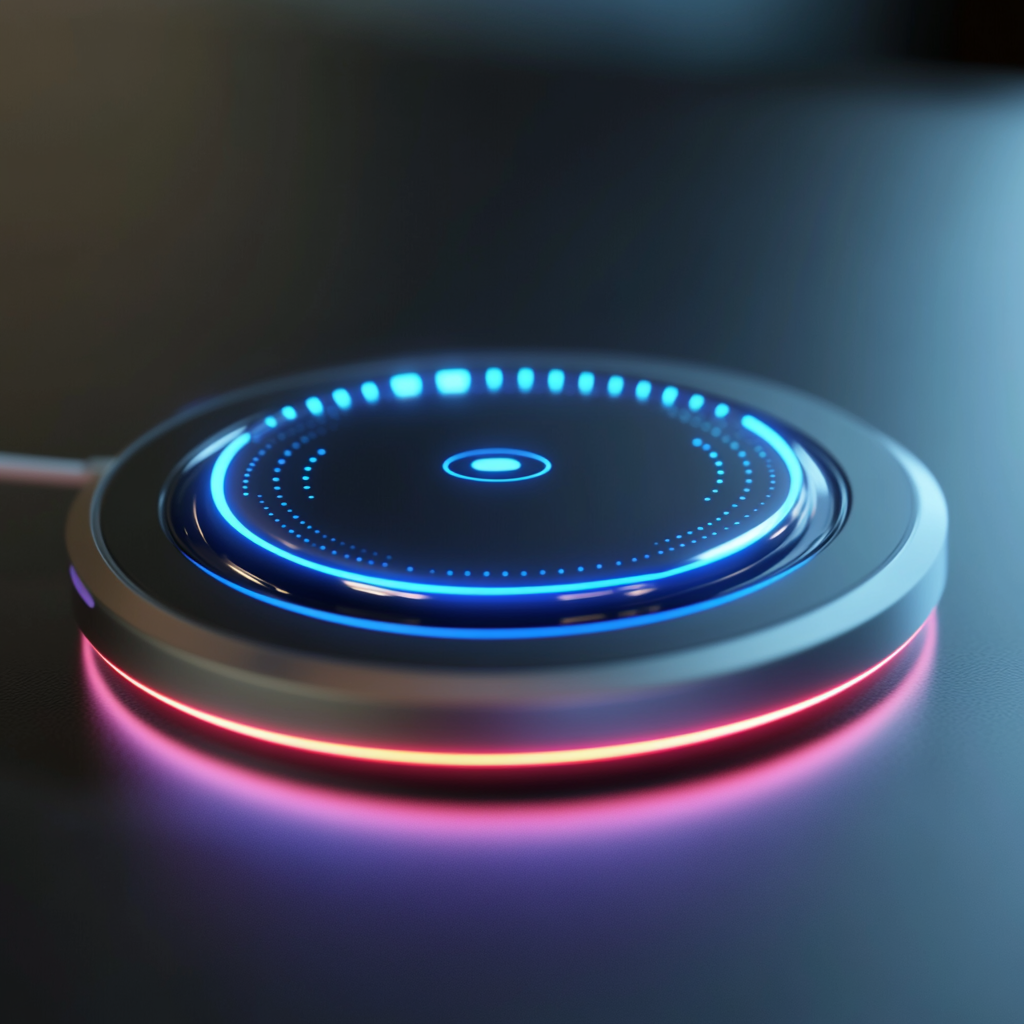
Improving wireless charging: New tech can enhance efficiency via dynamic frequency adaptation
Wireless charging: a marvel of modern convenience that, let’s be honest, often leaves us scratching our heads and searching for a proper outlet. It’s like the promised land of effortless device charging—a nirvana for the tech-savvy that, until recently, seemed to be just out of reach. Now, however, it appears we are on the brink of transformation. Enter dynamic frequency adaptation, a series of new innovations set to change the game of how we power up our gadgets. This isn't just about plugging in without wires; it’s about doing it smarter, faster, and with a bit of pizzazz. Let’s dive into this exciting realm of wireless charging and see what’s cooking.
To truly appreciate the revolution, we've got to take a quick peek into how wireless charging has traditionally operated. Picture this: you have your smartphone lying comfortably on a charging pad, blissfully free from cables. But alas, it doesn’t quite charge itself efficiently. Standard systems, like the Qi standard you hear so much about, depend on inductive coupling that has its quirks. For starters, they typically want to keep everything cozy at close quarters—no further than a few centimeters apart or the juice just doesn’t flow. And as if that wasn’t enough to keep you up at night, if you’re trying to power up multiple devices, you might as well name a few friends to come along for the frustration because the existing setup, with its backscattering control loops, leaves much to be desired in terms of simultaneous charging.
But fear not! There’s hope on the horizon. Enter resonant inductive power transfer, a conspicuously sharp knife in the wireless charging drawer. This tech fine-tunes the coupling between devices to whip up a broader range of efficiency that rivals what we’ve been stuck with until now. Researchers are employing resonant circuits that utilize passive components and non-linear capacitance—don’t let those words intimidate you! It simply means they’re making the whole process smarter and more adaptable. It’s like giving a chef the ability to change recipes on the fly, cooking perfectly regardless of the distance. In a world where we’re so used to technology that fails us, having a better, more efficient method is nothing short of a miracle.
Now, let’s dive into the crown jewel of advancements—the resonant tuning rectifier (RTR). A team led by Professor Dukju Ahn at Incheon National University has whipped up this fascinating gadget that dynamically tunes the frequency of wireless charging as it sees fit. Imagine a musician tuning their guitar in real-time while performing; that’s the RTR in all its glory. It swaps tone and resonance to harmonize with the primary current, gracefully sidestepping any cumbersome additional components or convoluted setups. In tests, it’s shown robust results, increasing charging efficiency from a mere 3.5% to an impressive 8.1% in a 2.2 kW prototype—talk about a glow-up!
What about design, you say? Well, RTR is all about minimalism. It flirts with simplicity, employing a modest sensor coil to keep tabs on phase without messing with performance. What’s more, it paves the way for myriad applications beyond just smartphone charging—think induction heating, plasma generation, and even various forms of power conversion. It’s like finding out that your refrigerator can also whip up a gourmet meal on demand. Pick your jaw off the floor!
But with every rose comes a thorn, and misalignment in charging remains a headache—especially for our electric vehicle (EV) friends. If you think parking is tough, try doing it while trying to catch a charging beam! Researchwork spearheaded by a brilliant mind—let’s call him Yabiao Gao—has devised a method to counter these annoying misalignments. By introducing a uniform voltage gain control for series-parallel resonant converters, you can rest easy knowing your output voltage stays rock-solid even amidst the chaos of a bent parking job. And let’s not forget the nifty alignment detection system that guides drivers to the perfect parking spot—because we all need a little help sometimes, right?
Still, we can’t escape the reality of numbers, can we? Wireless charging, particularly for those sleek EVs, runs mostly between an efficient band of 88-93%. While it’s great that this compares favorably with Level 2 plug-in charging, the cool factor of eliminating messy cables and clutter cannot be overstated. What’s more, such systems encourage optimal battery health by ideally keeping charges between 20% and 80%. So, not only are we charging wirelessly; we’re doin’ it right.
The future, folks, is a bright one where the dreams of seamless wireless charging become our waking reality. Researchers are eyeing a charging landscape as ubiquitous as WiFi itself. Imagine a world where you walk into a room and your devices instantly begin charging, no strings attached—literally! Through advancements like higher Q factor resonant circuits and exciting new prototypes involving Field-Programmable Gate Arrays (or FPGAs for short, if you want to sound cool at parties), we’re inching closer to a reality where wire-free power is normalized.
So, what’s the takeaway? The potential in wireless charging with the introduction of brilliant tech such as dynamic frequency adaptation and resonant tuning is massive. These innovations promise to not only crank up efficiency but also to trim down complexity and expand the horizons of wireless power transmission. So, as we move forward, expect to see an increasing presence of this tech woven into the fabric of our ever-evolving daily lives.
Want to stay up to date with the latest news on neural networks and automation? Subscribe to our Telegram channel: @channel_neirotoken.
In the wild world of technology, being informed is your ticket to staying ahead. Keep your eyes peeled—you never know how these innovations might just change your charging game forever!

